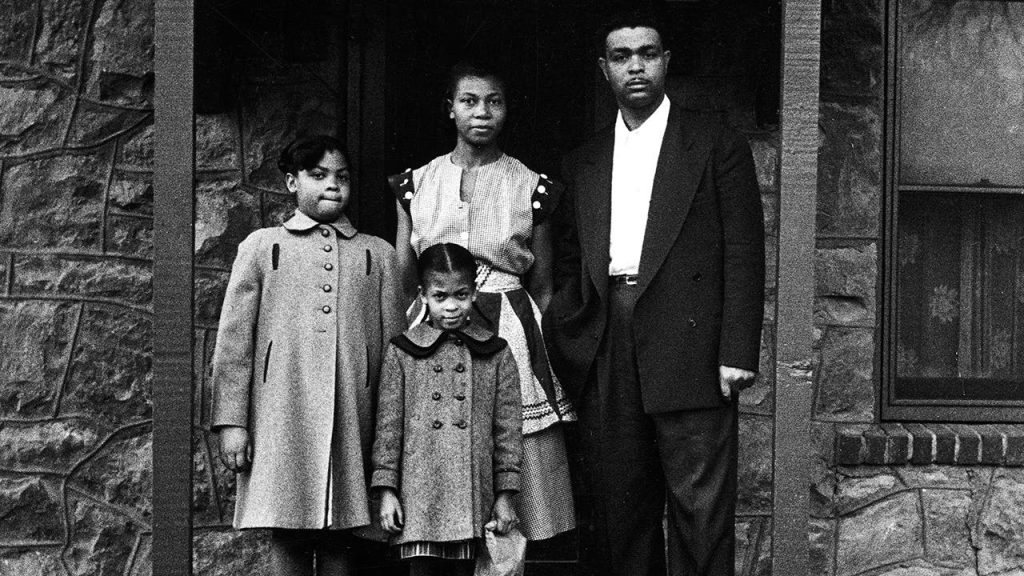On May 17, 1954, the United States Supreme Court unanimously declared racial segregation in public schools and the concept of “separate but equal” unconstitutional in the landmark case of Brown v. Board of Education of Topeka, Kansas. This ruling established that the Constitution’s words “equal protection of the laws” applied to citizens of every race, not just the majority race. Lead plaintiff Oliver Brown, supported by the NAACP, filed suit after his daughter was denied attendance at the school closest to their home. This decision overturned the 1896 ruling in Plessy v. Ferguson that allowed separate but equal public facilities based on race.
Thurgood Marshall, chief legal counsel for the NAACP, played a significant role in arguing against segregation before the Supreme Court in the Brown v. Board case. Marshall’s arguments emphasized that segregation violated the rights guaranteed by the 14th Amendment and urged the court to clarify that the Constitution did not support such practices. Following the success of the case, Marshall continued to advocate for civil rights through various court cases, eventually leading to his appointment as the first African American Supreme Court Justice in 1967 by President Lyndon Johnson. Marshall’s legacy as a champion for civil rights and his impactful contributions to legal history were celebrated after his death in 1993.
While the Brown v. Board decision settled the issue of public-school segregation at the federal level, the battle continued in local communities for years to come. Events such as Governor Orval Faubus’ actions in Arkansas in 1957 and Governor George Wallace’s opposition to desegregation at the University of Alabama in 1963 highlighted ongoing challenges to implementing the Supreme Court’s ruling. Despite progress in some areas, school segregation remains a social and economic challenge today, with recent trends indicating an increase in segregation in major school districts around the country.
Efforts to re-segregate education in the name of social justice have sparked controversy and criticism, especially in higher education institutions where debates over segregated programs and graduation ceremonies have arisen. Some argue in favor of segregated medical schools and housing, prompting concerns about the implications of such practices. While there are ongoing debates and disagreements about the best approach to addressing issues of segregation and equality in education, the 1954 Supreme Court ruling in Brown v. Board of Education remains an important legal precedent that established the unconstitutionality of racial segregation in public schools.
The legacy of Brown v. Board of Education continues to resonate in American legal history as a groundbreaking decision that upheld the principle of equality and non-discrimination in education. Despite challenges and setbacks, the ruling set a crucial precedent for civil rights and helped pave the way for further advancements in the fight against segregation and inequality. Chief Justice Earl Warren’s words in the unanimous Supreme Court decision reaffirmed that “separate educational facilities are inherently unequal,” emphasizing the importance of equal access to education for all students.


